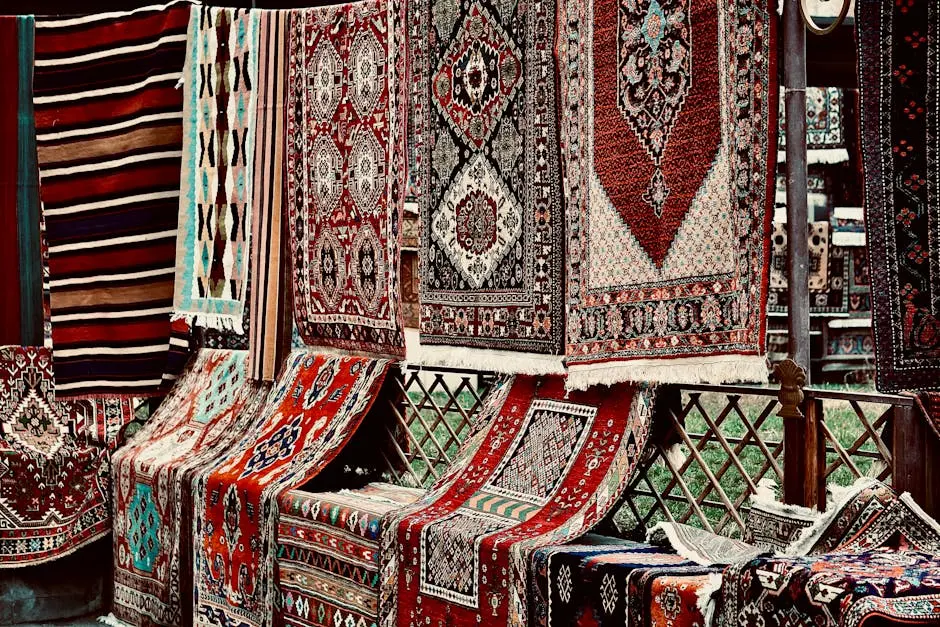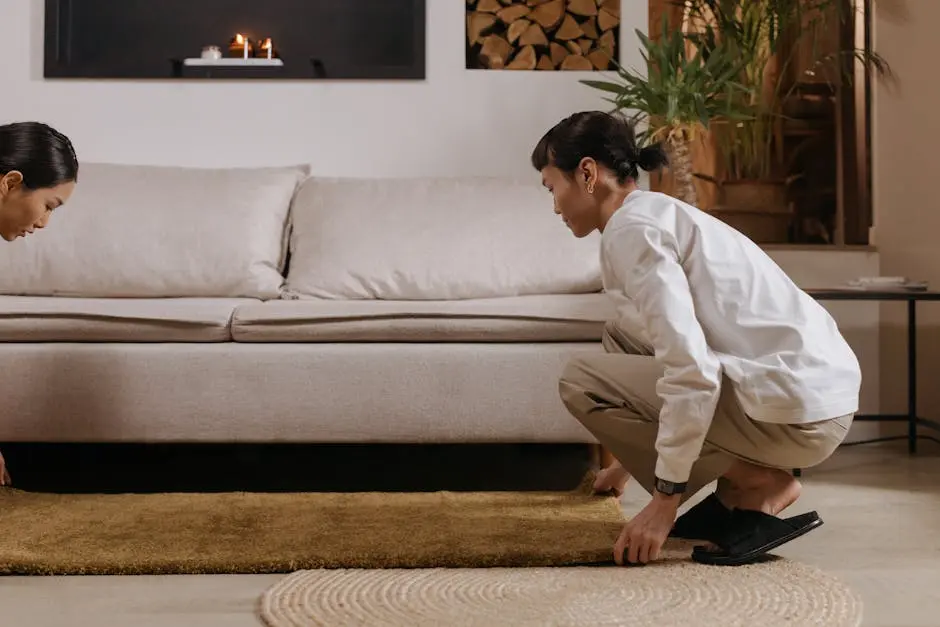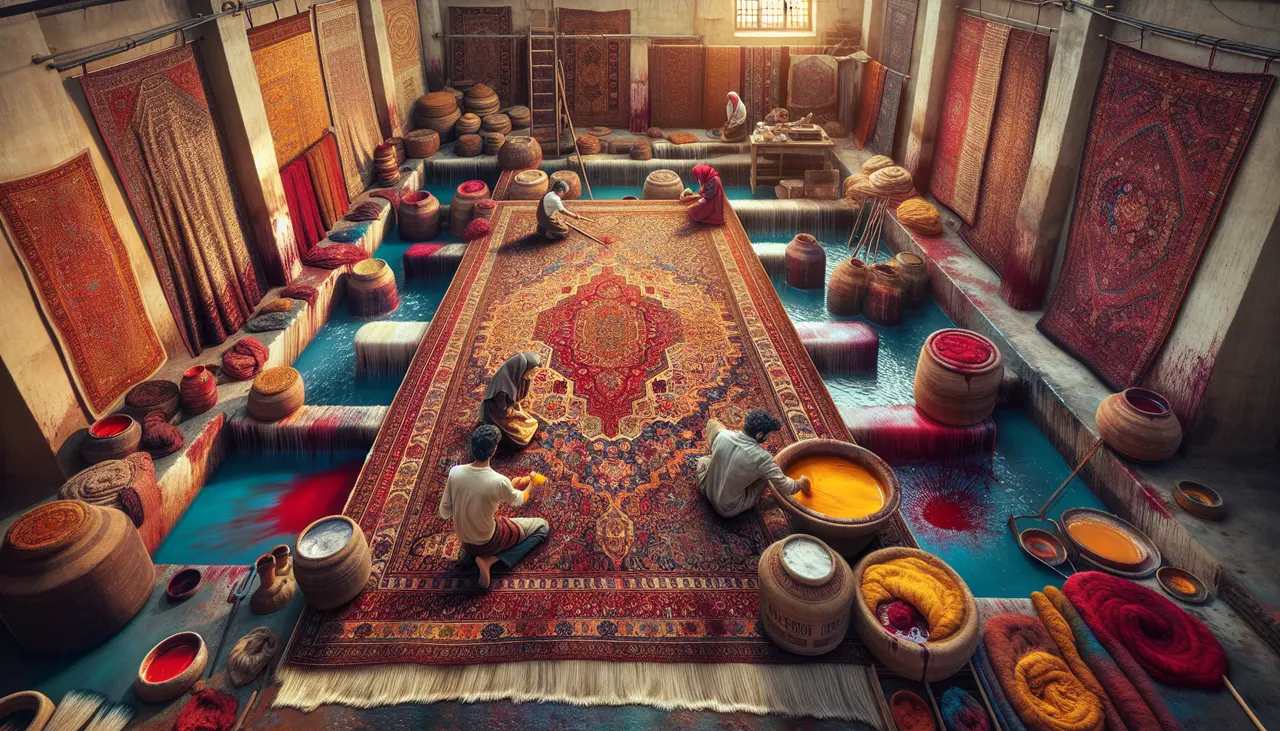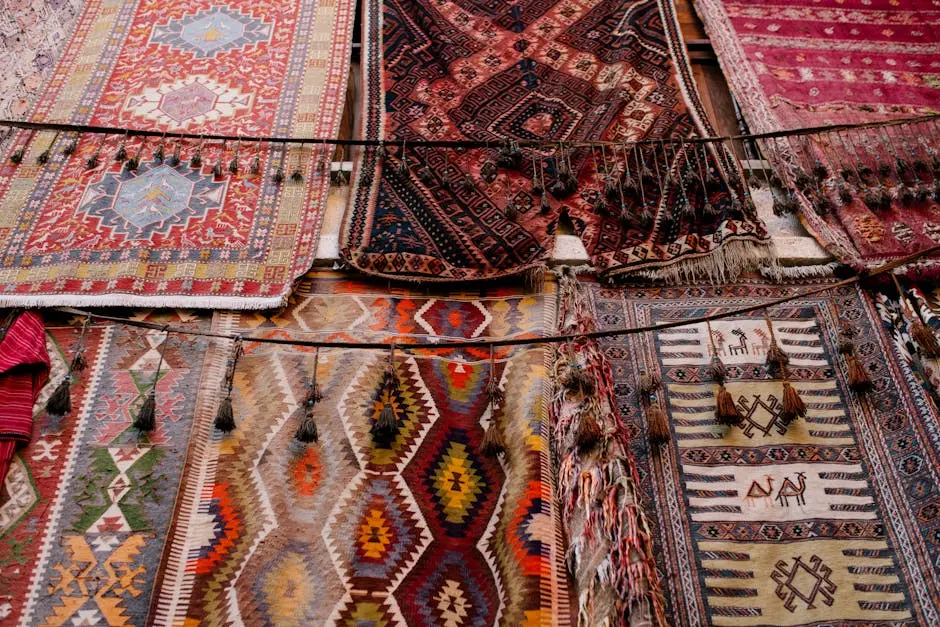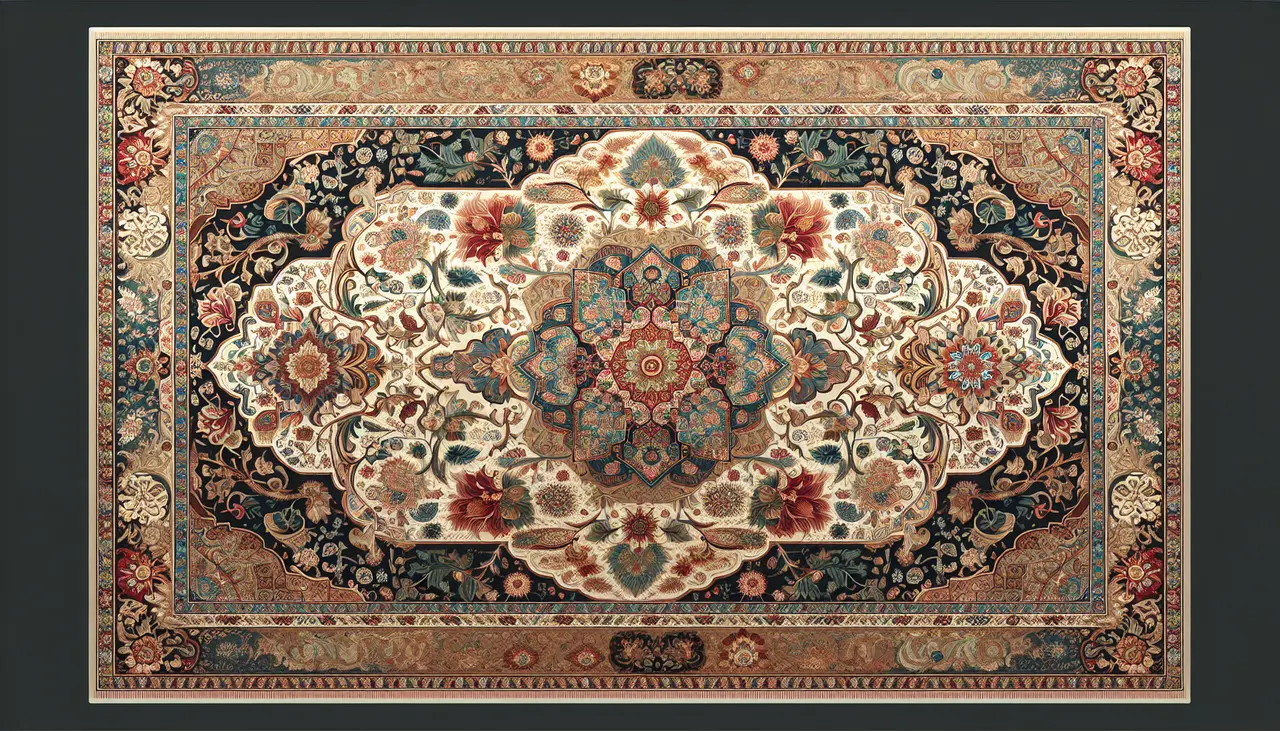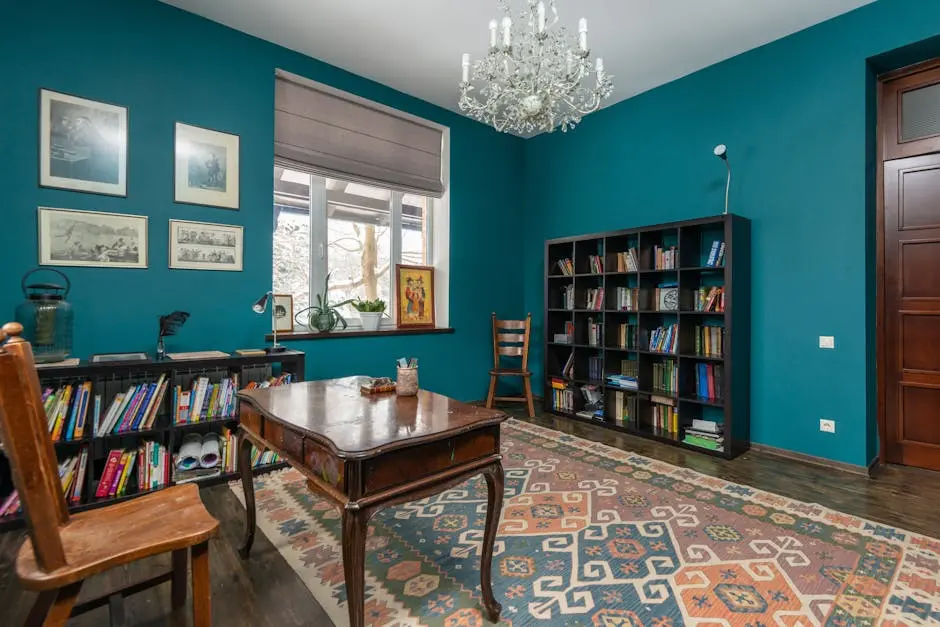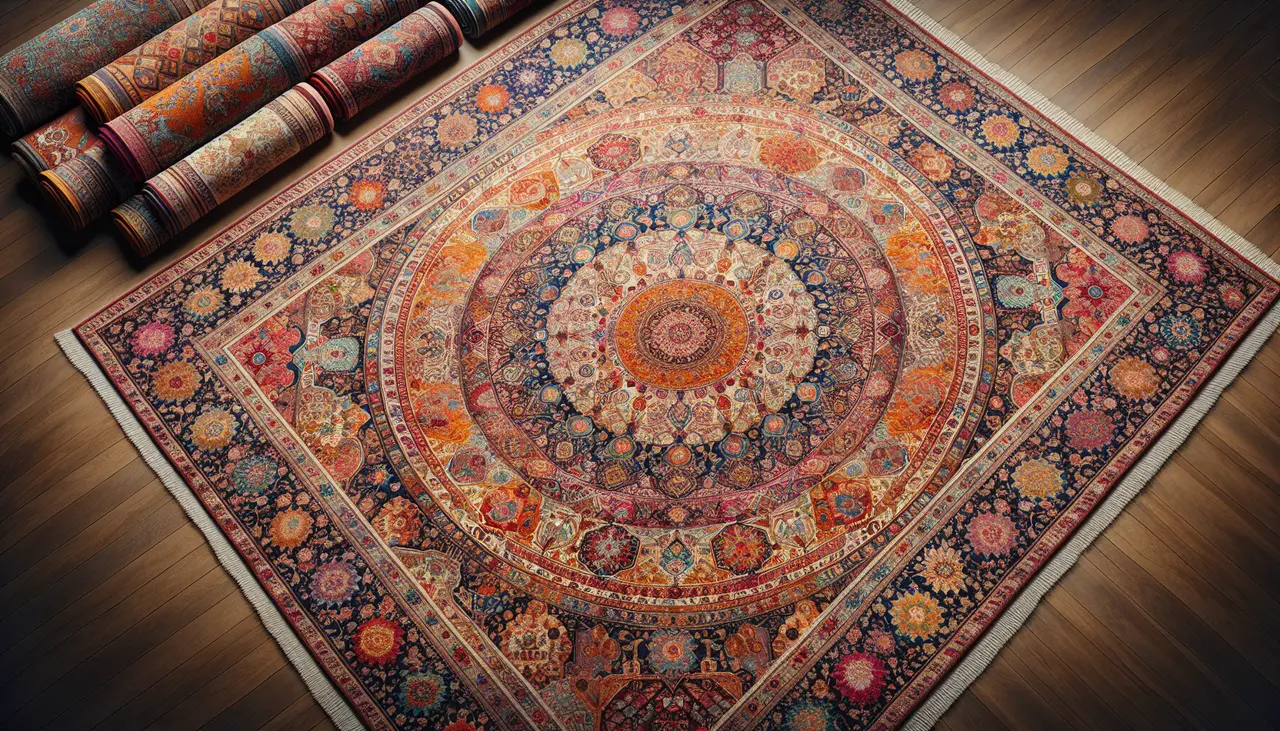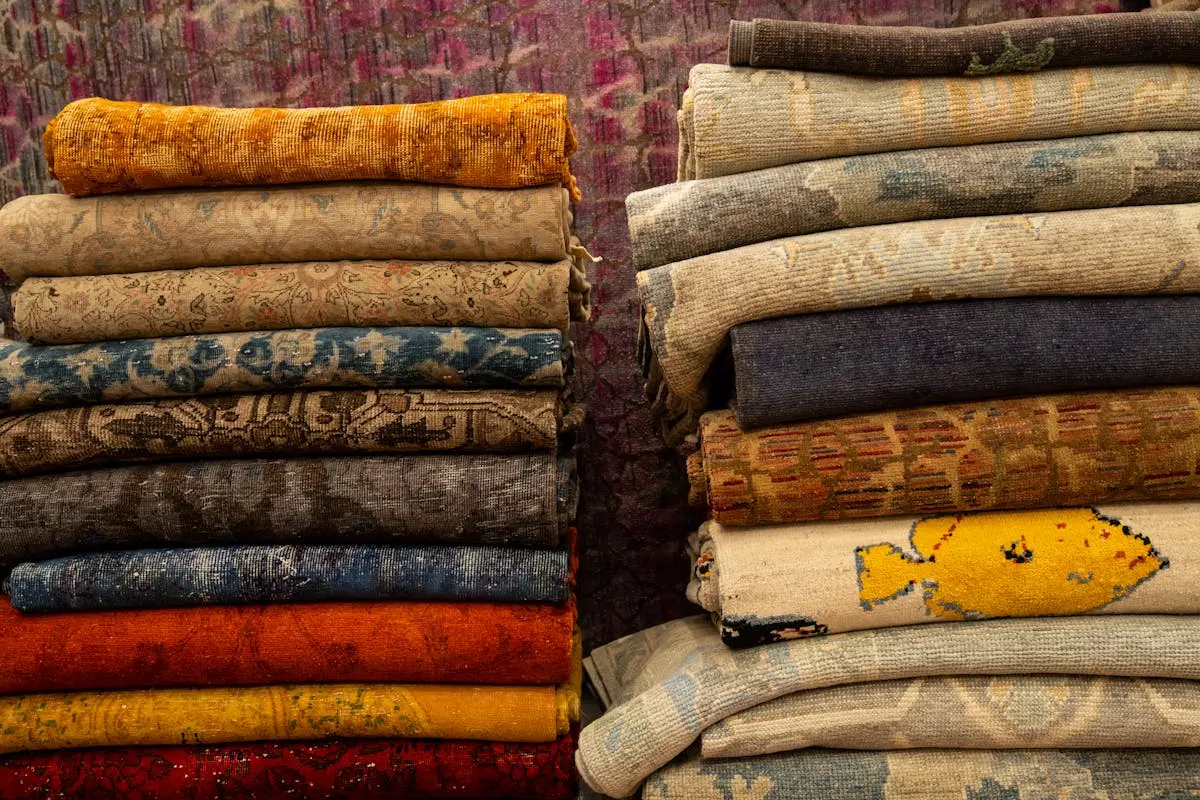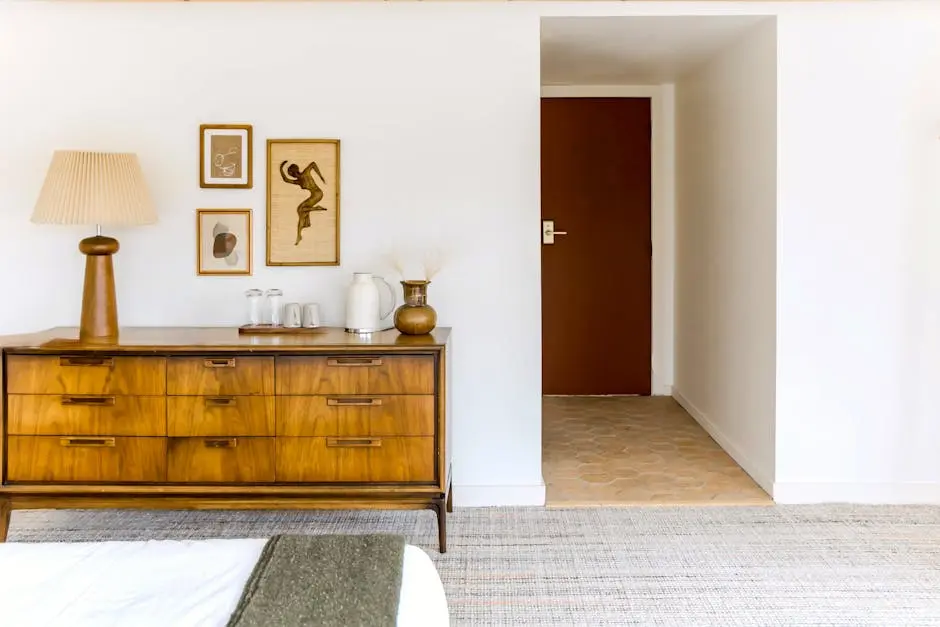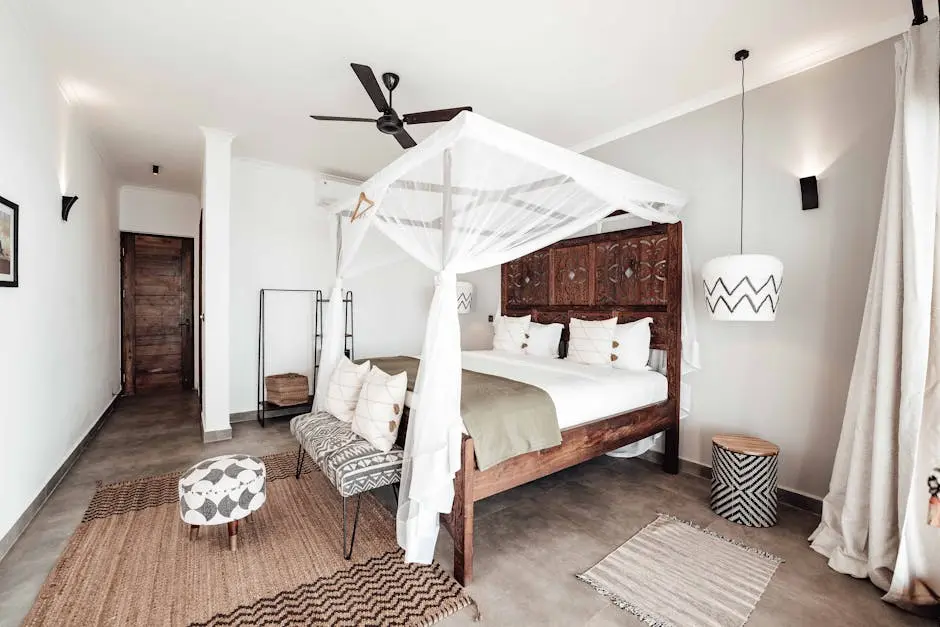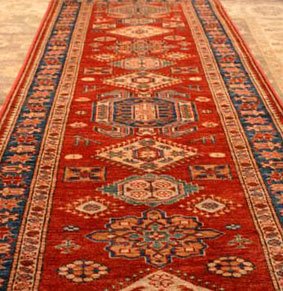Oriental rugs offer more than just floor protection; they are a rich tapestry of culture and artistry. In the heart of Oakland, infusing your home with these stunning pieces can drastically transform your living space, adding warmth, character, and style. Let’s explore how these timeless rugs can elevate your home’s ambiance.
1. Introducing Texture and Depth
The unique weaving and intricate designs of oriental rugs add a layer of texture and depth that enhances any room. They create a tactile surface that draws attention and adds dynamism to your interior decor. Imagine how the soft fibers underfoot can completely change how a room feels, making it more inviting and engaging. The depth of the patterns can transition a plain floor into a canvas that tells a story. Different angles and lighting can highlight various parts of the design, offering a never-boring view that captivates anyone who enters the room.
In Oakland homes, diversity in décor is key to creating a space that feels lively yet comfortable. Whether you have a minimalist style or prefer bold and eclectic, the texture of an oriental rug can add that perfect touch of complexity. This dynamic presence invites you to explore other details of your room, adding layers that speak to the richness of cultures far and wide. Adding such texture isn’t just about aesthetics—it’s also about creating a lived experience that feels as complex and deep as the room itself.
2. Infusing Cultural Richness
Each oriental rug carries with it a history and cultural significance that brings a worldly touch to your home, demonstrating exquisite craftsmanship and storytelling. The mesmerizing tales woven into each piece allow residents and guests alike to appreciate not just the art of rug-making, but also the stories from ancient civilizations that inspire them. Owning an oriental rug is like holding a piece of history underfoot.
These rugs often boast designs that are centuries old, offering a glimpse into traditions that have fascinated people over generations. The symbolism within the patterns can reflect love, prosperity, and harmony, making them more than just floor coverings. Whether you’re consciously aware of it or not, these stories permeate through your home, acting as a silent nod to global heritage, and connecting your Oakland sanctuary to the vibrancy of past epochs.
3. Introducing Vibrant Colors
A well-chosen oriental rug introduces vibrant hues from rich reds to deep blues, instantly livening up your living space. It acts as a focal point and can tie together your color scheme seamlessly. Whether your decor is monochrome or full of various shades, the radiant colors of these rugs can either complement or contrast, bringing balance to your interior design.
The vibrancy of an oriental rug can set the overall mood of your room. It’s a delight to walk into a space that feels more welcoming and alive because of this tactful splash of color. In places like Oakland, where personal expression in home decor is a celebrated art form, these rugs provide a palette that is as versatile as it is beautiful. They allow homeowners to experiment with new aesthetics while remaining anchored to something classic and timeless.
4. Creating Visual Interest
The intricate patterns on oriental rugs provide an element of visual intrigue, captivating your guests and creating a conversation piece that enhances your room’s aesthetic. It’s not just about seeing; it’s about feeling the intricacy and passion poured into every knot and weave. As your eyes scan over the delicate details, it’s like following a path through an elaborate garden, each twist and turn offering something new.
Your visitors will undoubtedly be drawn to them, sparking conversations that fill the room with curiosity and admiration. Beyond their aesthetic appeal, these patterns can allow for playful interactions, perhaps even sparking a game to identify repetitive symbols or to decode the storytelling within its threads.
5. Defining Space and Flow
Use oriental rugs to define segments within an open plan setting. They guide the flow of movement and subtly demarcate different areas of a room in a stylish manner. Imagine how a well-placed rug can section off a reading nook or a dining area, creating an illusion of separate spaces without the need for walls or screens.
6. Adding Warmth and Comfort
Beyond aesthetics, these rugs add an element of warmth and comfort underfoot, making any room feel cozy and inviting, especially during the cooler Oakland months. The lush feel of the wool and the craftsmanship that goes into each piece ensure that they provide more than just visual pleasure. They create a warm, familiar nook to curl up with a book or enjoy a warm cup of tea.
